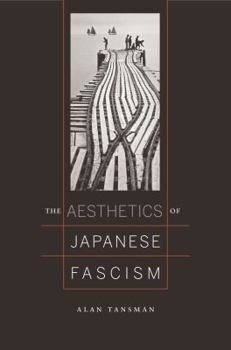The Aesthetics of Japanese Fascism
Select Format
Select Condition 
Book Overview
In this wide-ranging study of Japanese cultural expression, Alan Tansman reveals how a particular, often seemingly innocent aesthetic sensibility--present in novels, essays, popular songs, film, and political writings--helped create an "aesthetic of fascism" in the years leading up to World War II. Evoking beautiful moments of violence, both real and imagined, these works did not lead to fascism in any instrumental sense. Yet, Tansman suggests, they...
Format:Hardcover
Language:English
ISBN:0520245059
ISBN13:9780520245051
Release Date:August 2009
Publisher:University of California Press
Length:368 Pages
Weight:1.40 lbs.
Dimensions:1.2" x 6.1" x 9.1"
Customer Reviews
0 rating





